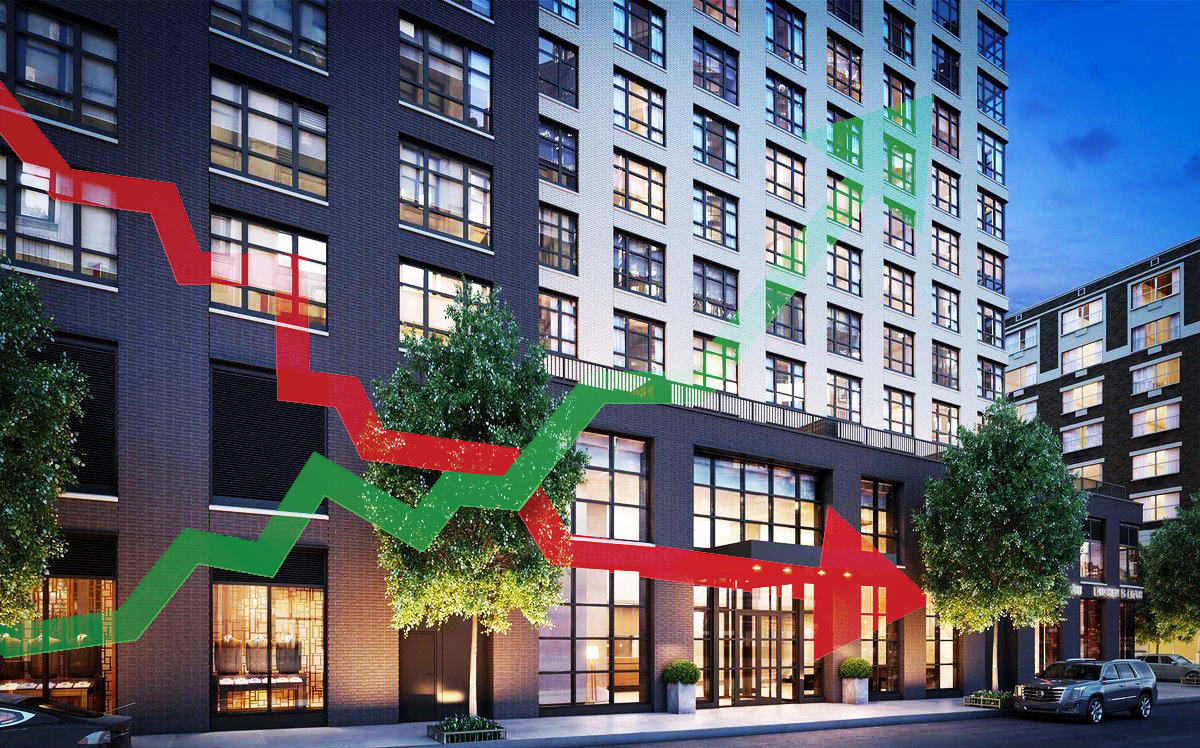Trending
Don’t be fooled: The growing amount of new dev is skewing rent figures in BK and Queens
Number of new leases rose in both boroughs, Elliman report says

Rents in Queens have continued to go up.
The borough’s net effective median rent in August was $2,921, a 5.7 percent year-over-year increase, according to the latest report from Douglas Elliman. Meanwhile, Brooklyn saw an annual drop for the eighth time in nine months, albeit only by 0.1 percent to $2,849.
The median rent for new development in both boroughs was much higher: $3,200 in Brooklyn and $3,292 in Queens. Jonathan Miller, CEO of the appraisal firm Miller Samuel and author of the report, said that the rapidly expanding amount of new development was creating a false impression of consistently rising rents.
“Because of the scale of it, it’s skewing the aggregate numbers higher,” he said, “when in fact on an individual unit basis, rents are sliding.”
The number of new leases in Brooklyn rose to 1,666 during August, an 0.3 percent increase from last year. Meanwhile, listing inventory dropped to 1,916, a 24.2 percent decrease from last year.
In Queens, the number of new leases went up by 9.8 percent year over year to 391, while inventory dropped 19.6 percent to 422.
Units spent an average of 22 days on the market in Queens, down from 29 last August, and an average of 26 days on the market in Brooklyn, down from 40 last August.
As for concessions, they fell for the second consecutive month in Northwest Queens during August, but increased in Brooklyn.
The market share of concessions expanded year over year in Brooklyn for the 31st month in a row. It reached 42.1 percent in August, up from 41.4 percent in July and 20.4 percent in August last year. The size of the concession remained unchanged year over year at 1.4 months.
In Queens, however, the year-over-year market share of concessions fell for the second month in a row after increasing for 16 months straight. The share of new deals with concessions dropped from 44.7 percent last August to 38.6 percent this August, and the size of the concession dropped from 1.2 months to 1.1 months.




